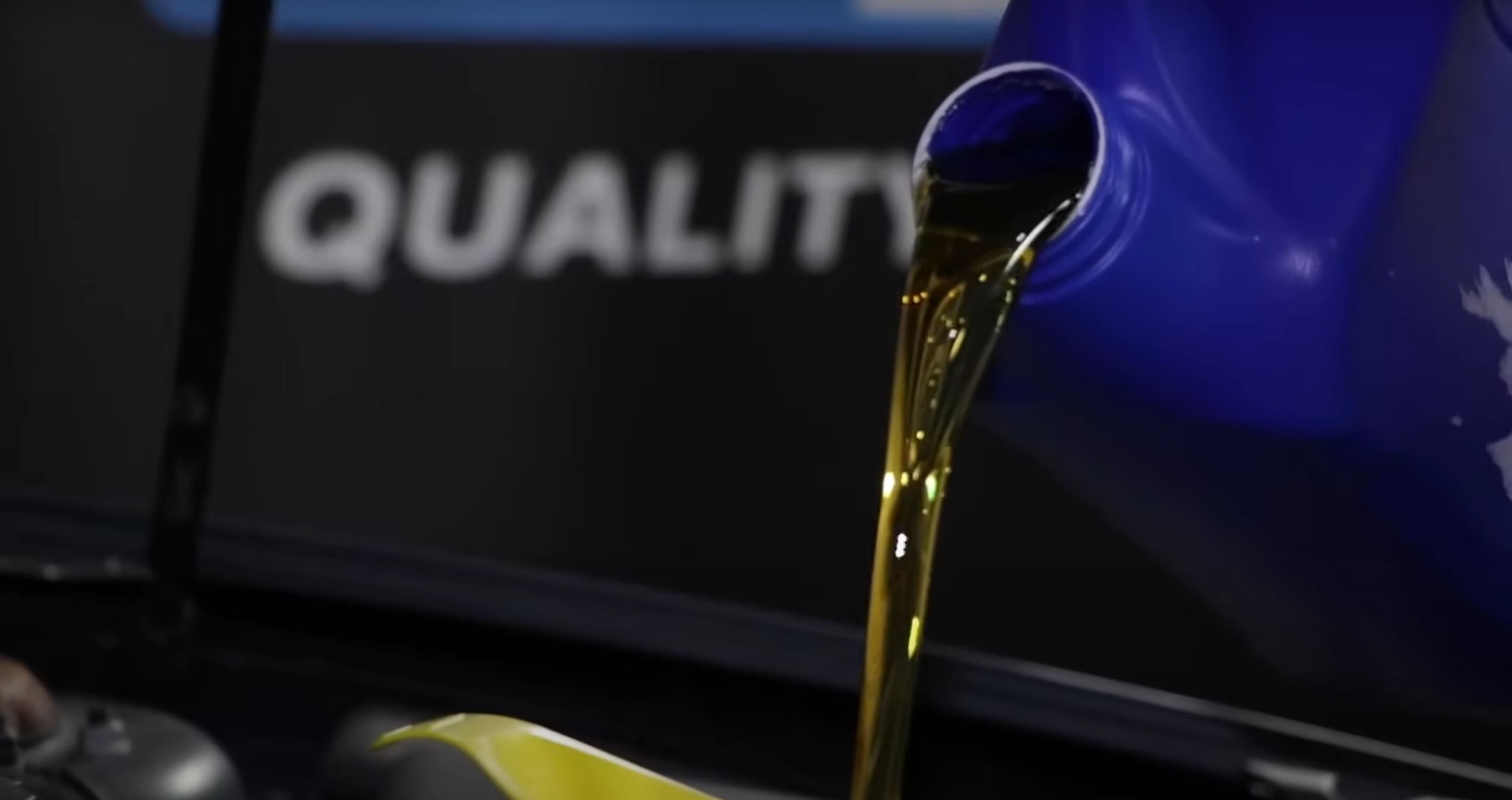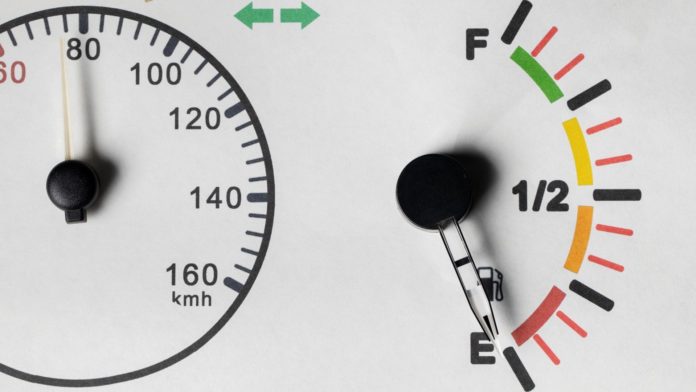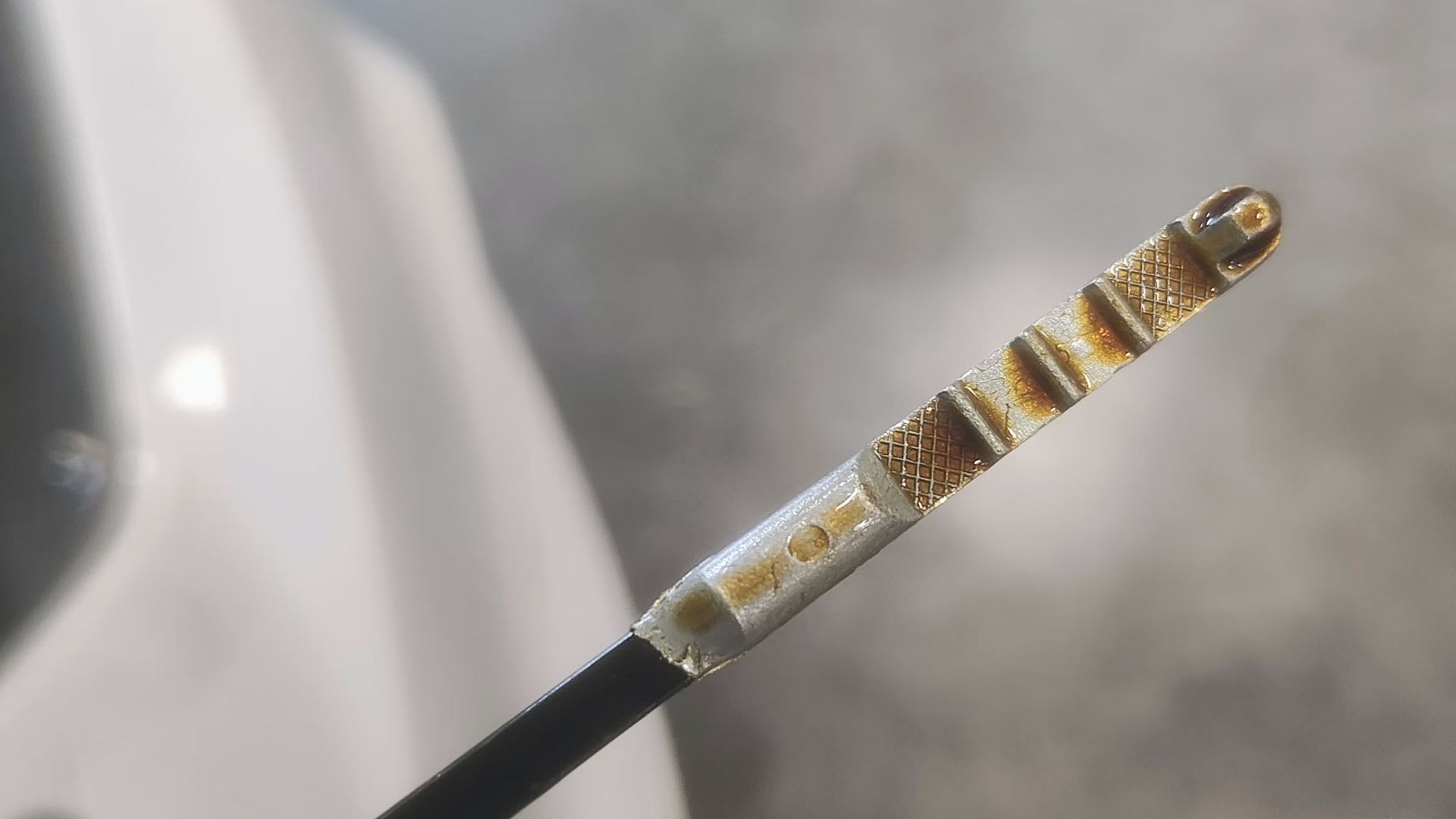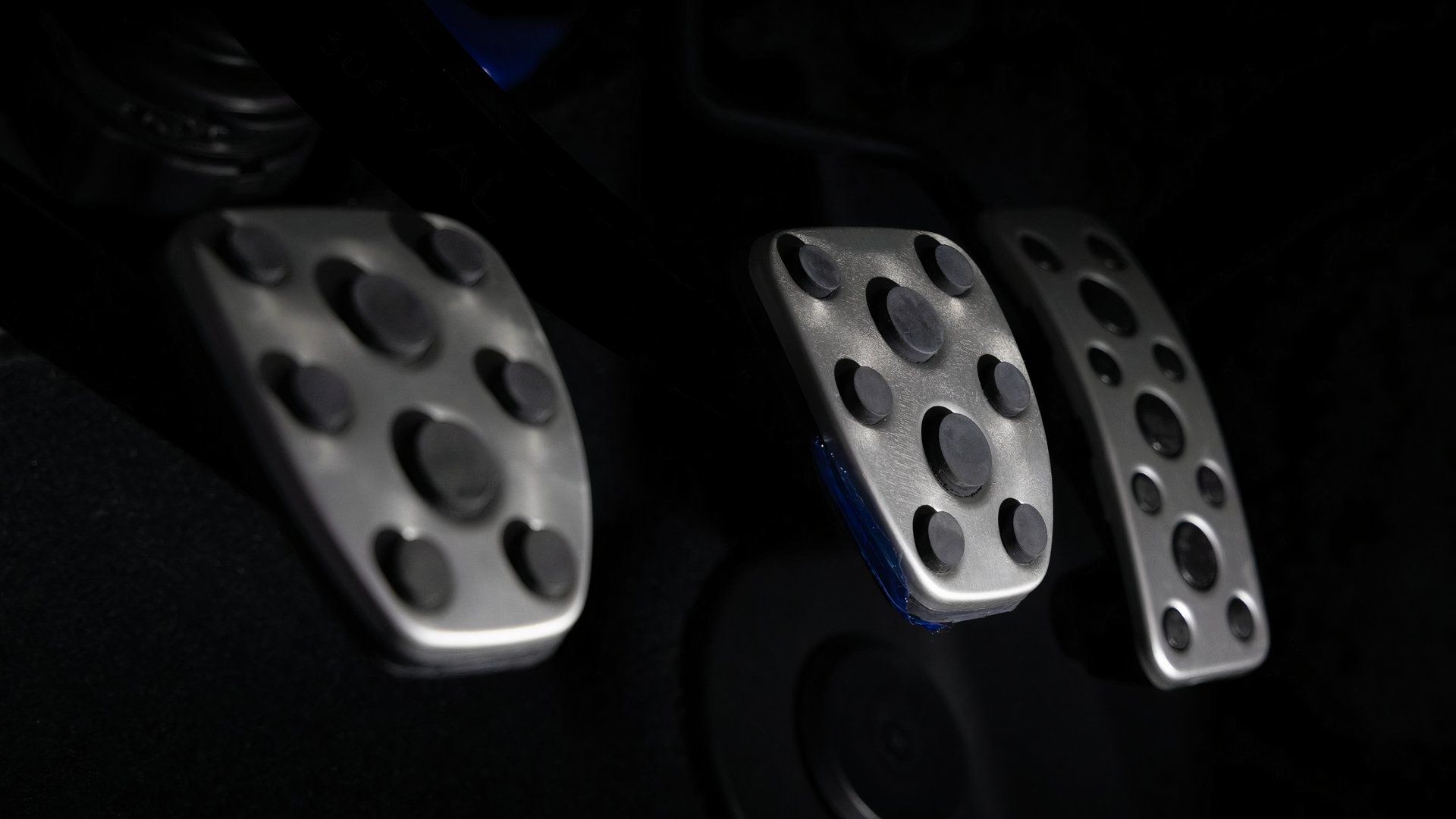Quick Links
-
Dirty or Clogged Fuel Injectors
-
Incorrect Engine Oil Type
Did you know that the average age of the cars on American roads is more than 12 years? Most of cars you see around you are likely older than you think, and as these vehicles age, they lose their ability to perform at their best. Several factors have a hand in this, including the loss of engine performance due to wear and tear. There are a few other factors adding to a vehicle’s mechanical decline, many of which you can remedy yourself or with the help of a professional. Sometimes an old car just needs some help, rather than the wrath of the crusher. After all, many of us buy cars that we know are reliable and dependable – so we want to drive them for many years, right?
Not everyone drives a new car with great fuel efficiency, and one of the issues that aging cars face is a decrease in fuel economy. You may need even notice it at first, but by the time you notice something is different, you’re likely paying a lot more to fill up the gas tank. Many of the reasons why your car is using more fuel can be remedied, though, so let’s look at the top five reasons your car is suddenly using more gas.
Approximate costs were sourced from RepairPal.com and reflect professional component replacement costs.
CarBuzz
recommends any mechanical repair be undertaken by a qualified professional.
1 Dirty or Clogged Fuel Injectors
Average Replacement Cost: $657 – $807 per injector
First on our list of fuel-economy thieves is dirty or clogged fuel injectors. We’ve given faulty injectors the top spot on our list due to the contrast between their high cost of replacement and relatively low cost of maintenance. Fuel injection is one of the most important automotive innovations as it allowed us to move away from the carburetor which, in general, was much more unreliable and finicky than the modern fuel injection system.
Fuel injection is the controlled flow of fuel into the engine’s combustion chamber – you car’s ECU calculates how much fuel is needed based on the conditions and requirements of the engine at a specific time, and the fuel injection system then delivers the right amount to the combustion chamber via nozzles. This is a more efficient use of fuel, firstly, so there’s already an improvement in gas mileage there. But as time goes on and more and more fuel is channeled through the injector, it can begin to collect a buildup of carbon and other debris that alters the system’s ability to deliver the right amount of fuel, and making it harder for the injector to work properly.
This means you use more fuel than you theoretically need. Clogged or dirty injectors will result in the following symptoms, with tanking efficiency right at the top:
- Poor fuel economy
- Engine misfiring
- RPM needle that jumps about
- Rough idling or stalling
- General performance isn’t great
To avoid this happening, there are a couple of things you can do. For one, using high-quality fuel is important. The lower the quality, the more impurities and debris can be found in the fuel. Some cheaper blends of fuel have less detergent, and they’re more likely to clog up your injectors. You can also purchase fuel injector system cleaners from auto parts stores that claim to help clear any clogs, and using these before a problem even arises can prevent it entirely.
2 Stuck Brake Calipers
Average Replacement Cost: $166 – $251 per caliper
Next up is an issue that may not seem related to fuel economy at first. Back in the day, cars used drum brakes which are a much more complicated setup lending itself to weaker braking power than modern discs. Our cars today, for the most part, use disc brakes. The system is made up of the brake rotor or disc, the brake pad, and the brake caliper; the latter squeezes the brake pads onto the brake rotor to slow the vehicle’s momentum, helping to slow it down. Braking may seem to be a simple process, but there’s an art to it – not to mention a safe way to go about decreasing your speed.
A stuck or seized brake caliper can render a car much less fuel efficient due to increased drag. If you’ve got a caliper that’s stuck into a position where it is constantly half-squeezing down even while you’re moving, your car is effectively trying to slow itself while also trying to speed up. You’ll likely push harder on the accelerator and the engine will strain to make up for the drag. Together with potential damage to your braking system, a seized caliper can cause:
- Increased fuel consumption
- Quicker wearing of brake pads
- A sense of decreased power as your car struggles against the brake
- The car may pull to one side
- You may smell overheating/burning and you may even see smoke

Add CarBuzz to your Google News feed.
3 Low Tire Pressure
Average Replacement Cost: $350 per tire, $1 to fill up
Our previous two entries required some explanation as to what their functions within a car were, but a tire’s purpose goes without saying. It may not seem like it, but tires have a big impact on your vehicle’s overall efficiency. These days, they make a tire for virtually every application and driving style, from eco-friendly, to sporty, and even to off-roading. The point of a tire is to keep your car stuck the road’s surface, and to achieve that, tires need to be in good condition and inflated correctly to provide the right patch of contact between the car and the road surface.
When it comes to the tire’s ability to impact your car’s fuel mileage, the biggest factor is how well they’re inflated. Every vehicle has a specific tire pressure it needs to perform at its best. Too high, and you risk damaging the tire and having a rough ride. Too low, and your vehicles’ fuel efficiency suffers. When a tire doesn’t have enough pressure, rolling resistance is increased, meaning the car’s engine needs to work harder to maintain your desired speed on the roadway.
Typically, if your tires are low, you can visit your local service station to fill them up for free, or for a nominal fee. If your tire is leaking badly or overly worn, you should replace it to minimize the risk of a blowout or other damage. We’ve used an average estimate for replacement costs of moderately-priced tires, based on the median price of tires in the USA.
4 Incorrect Engine Oil Type
Average Replacement Cost: $16 – $191 for an oil change
Engine oil plays a vital role in your motor’s functionality, and it’s essential to prevent overheating. An engine needs oil to lubricate itself, and has loads of oil channels engineered into the block to provide lubrication – and cooling – to the entire engine. Without the proper type of engine oil for your car, things can take a turn for the worse when it comes to fuel economy, among many other things.

Get In On The Discussion
Advice needed: What type of oil does my car take, and will it be a problem if I use something different to what’s recommended?
If you’re unsure as to which type of oil your vehicle needs, the owner’s manual is your first port of call: the car’s manual will normally tell you its required oil specifications including type, weight and quantity. It’s best to stick with what the manufacturer suggests. Have you had any oil-related drama with your car?
Typically, we get our oil changed at either a dealership or a lube shop. We put our car into the hands of someone else who will, most likely, know exactly what type of oil your car needs. However, sometimes, mistakes are made, and the wrong engine oil type can find its way into your engine. You may notice the following when the wrong type of oil has been used:
- Leaking oil underneath the car
- Issues starting your car in colder temperatures
- Burning oil smell
- Poor fuel efficiency
The latter point is most often reported when an oil with a higher viscosity is used than is needed. This makes it harder for the moving parts to move against each other, and thus it uses more fuel than it usually would.
Cost To Remedy: Less Exciting Commutes
Our last reason for poor gas mileage is the most obvious one; a lead foot. Seeing as we are car enthusiasts, we know better than most how a spirited drive is virtually unmatched in terms of fun and thrill. However, pinning your vehicle’s throttle pedal to the floor at every opportunity will seriously hinder your car’s ability to be frugal with its fuel supply.
When you floor your car, you’re asking it to perform at its maximum ability. This means the motor throws all understanding of frugality out the window in the pursuit of performance. In reality, driving with a heavy foot is the worst offender when it comes to bad gas mileage. Instead, you can learn to hypermile if you’re willing to put up with more unexciting commutes. So, even though there are many other possible reasons for bad gas mileage, you’ll have to be a little lighter in the foot when you drive in order to rack up some savings at the pumps.
Sources:
FuelEconomy.gov
,
HooverAutomotive
,
Haynes
,
Valvoline
.





